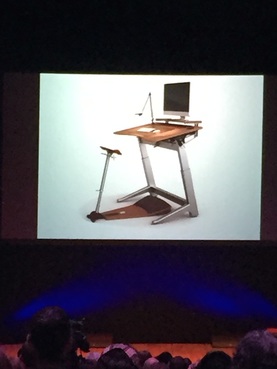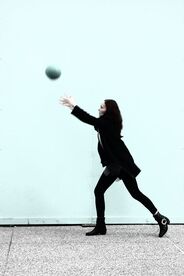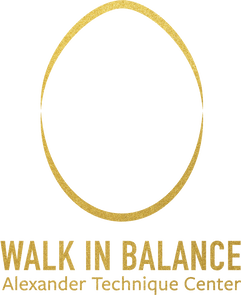|
It is said that Virginia Woolf wrote while standing at a desk 3'6" tall because she wanted to be like a painter who could instantly step away from her canvas to get a better view...
She was onto something. Coming up and out of the mental thicket for air, with wide eyes and ears to inhale space and sound, refreshing the senses to allow the emergence of the grander picture... Beautiful and relatable. Protagonist for the standing desk.
2 Comments
|
Walk In Balance Center BlogHow To Thrive Being Human In Our Modern World.
Meet Daily Stressors and Life's Challenges with a Spacious Body & Conscious Mind. Archives
January 2020
Categories
All
|
Berlin
|
Tai Chi / Qi Gong BerlinAlexander TechniqueNow In BErlinStudy onlineContactREVIEWS |
© Copyright Walk In Balance Alexander Technique Center I 2024 All Rights Reserved.





